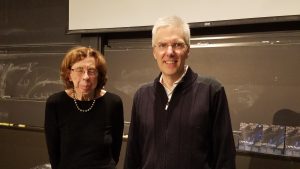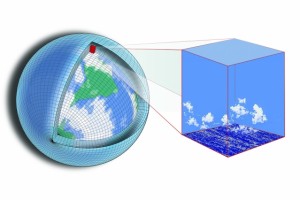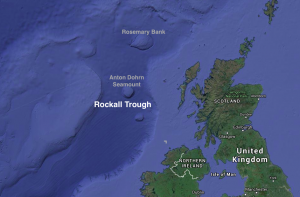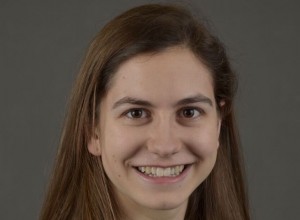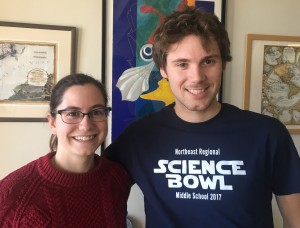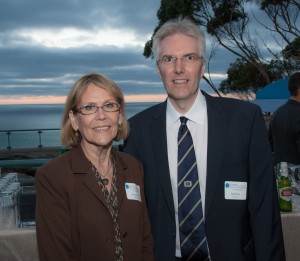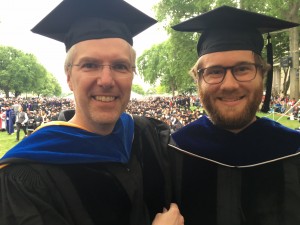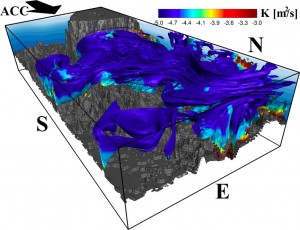December 12, 2018
Our group collaborates in a new Climate Modeling Alliance to advance climate modeling and prediction. You can read about the overall project in a press release issued by Caltech, in partnership with the MIT School of Science, the Naval Postgraduate School, and the Jet Propulsion Laboratory. We also have a brand new website with more details.
The MIT team’s role in CliMA is described in an article published on the PAOC’s website and reproduced here:
At MIT, Professors Raffaele Ferrari and John Marshall, both Cecil and Ida Green Professors of Oceanography and members of the Program in Atmospheres, Oceans and Climate (PAOC), will develop the ocean and sea-ice component of the CliMa climate model, leveraging their expertise in the development of ocean models (the MITgcm was spearheaded by Marshall, with Chris Hill and Jean Michel Campin as key developers) and in the representation of sub-gridscale mixing processes in the ocean (Ferrari and Marshall).
To take advantage of new computer architectures, languages, and machine learning techniques, the team has partnered with Alan Edelman‘s group in CSAIL at MIT, who will help write the new generation climate model in the Julia computing language developed by the group. This will enable the MIT team to target GPUs, CPUs, and evolving computer architectures within one code base. The strategy of the CliMa group is, to the extent that is possible, to develop common hydro-dynamical cores, parameterizations, and machine-learning techniques for both atmosphere and ocean, so that development in one fluid can inform the other.
